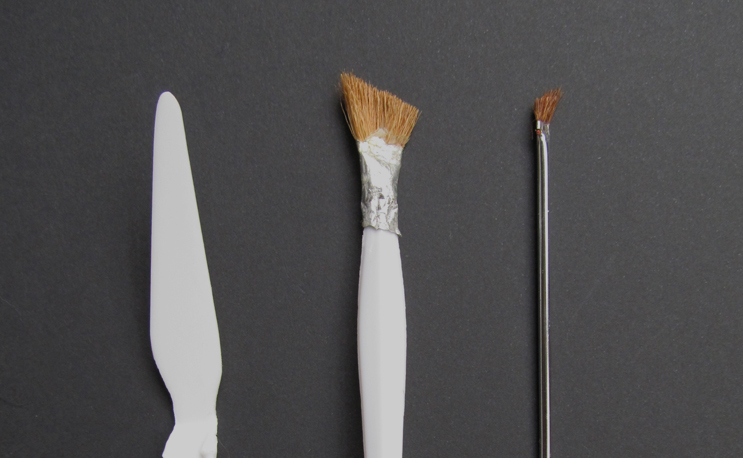How was the refugee art project formed and what are its aims?
Refugee Art Project was conceived amongst a collective of academics and artists united by a concern for the plight of asylum seeker and refugees who come to Australia and who are then locked up indefinitely in Australian detention centres. We conduct regular art workshops with people in the Villawood detention centre and with refugees in the community, from which we hold art exhibitions and have produced a number of zine publications.
Our organization seeks to facilitate the art and self-expression of asylum seekers and refugees, which is then presented to the Australian public through our exhibitions and publications, in order to challenge and educate the wider community. We are a grassroots initiative that harnesses the power of artistic and cultural productions in the struggle for refugee rights and social justice. From late 2010, more than 500 artworks created by Refugee Art Project participants have been exhibited to the Australian public.
Our contributors are a diverse mixture of people, including men, women and children, who come from Afghanistan, Sri Lanka, Iraq, Iran, Syria, the Kurdish regions of the Middle East and Burma. Whilst the work showcases a diverse range of styles, mediums and approaches, our exhibitions are unified by the common themes of trauma, exile, hope, and endurance that have marked the lives of refugees. We are a not for profit organisation and one hundred percent of sales on selected artworks goes to the asylum seekers and refugees concerned. Often it is sent back to support the families that asylum seekers were forced to leave behind.
How does art benefit asylum seekers in Australian detention centres?
Art provides an important means of self-expression for asylum seekers and refugees in detention. In art they are able to convey very personal themes that they may otherwise find difficult to put into words, which can be one step towards the reconciliation of past traumas. Art-making also provides a useful means of relaxation, as one becomes absorbed in the activity.
Most asylum seekers in detention live under extreme mental duress for which they often struggle to concentrate on even the simplest tasks. Many suffer from anxiety and depression, which often translates into acts of self-harm and even suicide. Many people in detention have also been traumatised after witnessing the self-harm or suicide of others within the centre. Moreover, they live with the constant fear that they will be returned to the country from which they have fled, or that the families they leave behind are in danger. Whilst art classes are greatly appreciated, they cannot improve a person’s mental wellbeing in this context.
What type of artworks are produced?
We have collected drawings on paper, oil and acrylic paintings on canvas, photography, video, computer art and some sculptures-readymades. Many artworks are reflective of the material limitations that exist within the detention environment. For instance, one participant produced an electric massage machine that was built from an old DVD player amongst other parts. We have witnessed the creation of paintings made with instant coffee powder (diluted in water) onto paper. This technique was initiated by an artist who at one point had no access to paints. We have art pieces made from food, including a model replica of the Sydney Harbour Bridge made with glue and straight spaghetti. Such art represents the power of the individual to master and in part transcend his/her environment by transmuting base materials into objects of creative and aesthetic pleasure.
What is the political importance of this work?
We are not a political organisation and we do not align ourselves with any political party or policy. We believe that art which is true to life cannot be reduced to the status of a political agenda or ideology. Our intention is simply to enable asylum seekers and refugees to communicate to the public in their own voice, through art, which creates a bridge between them and the community. This is still a political act insofar as the voices of asylum seekers are shut out of public discussion and are often misrepresented and maligned by our political leaders and the commercial media. By showing the art of asylum seekers and refugees, we hope to raise greater public awareness about their treatment at the hands of Ausrtalian authorities, and more importantly, to facilitate the powerful struggles and acts of creative autonomy which they intitiate against that treatment.

